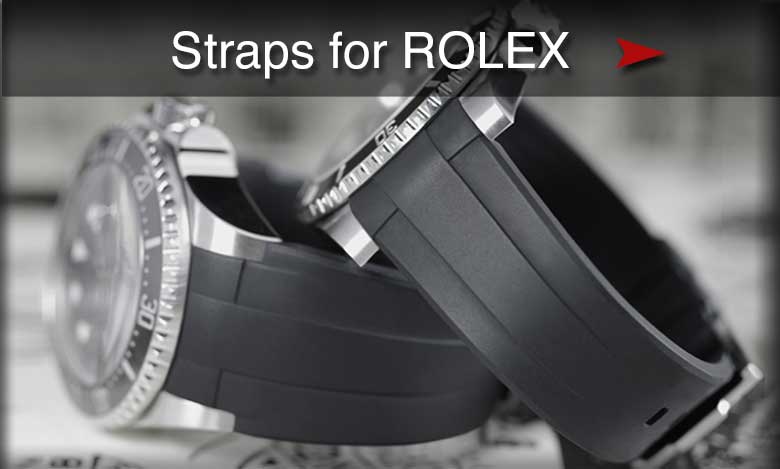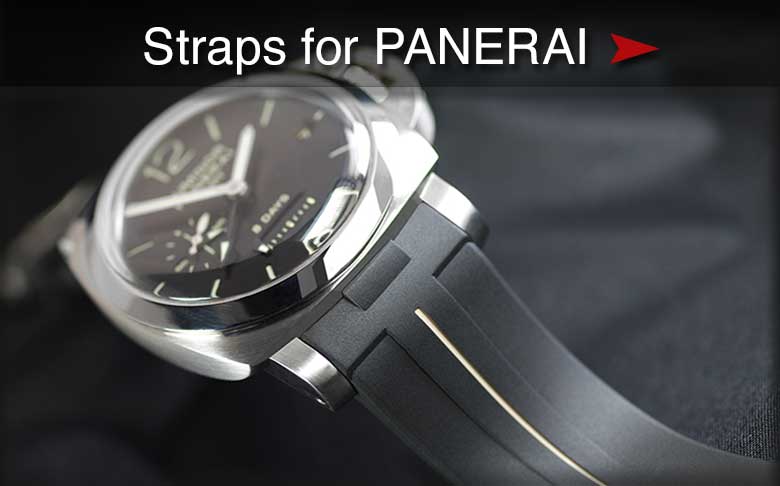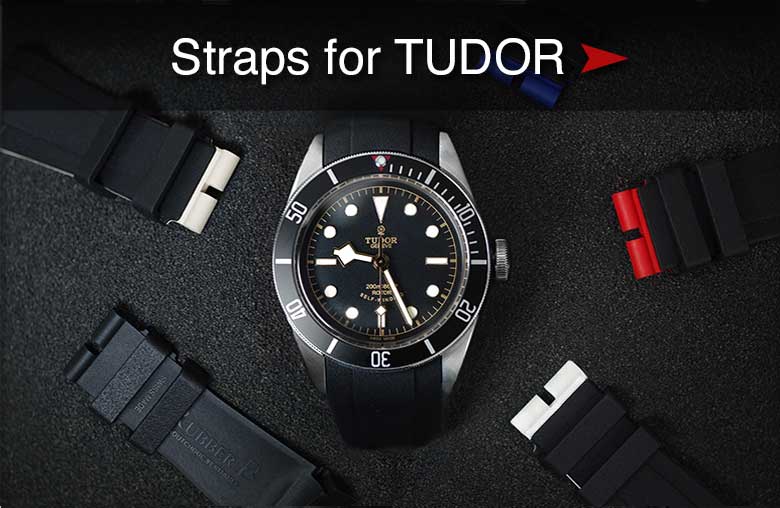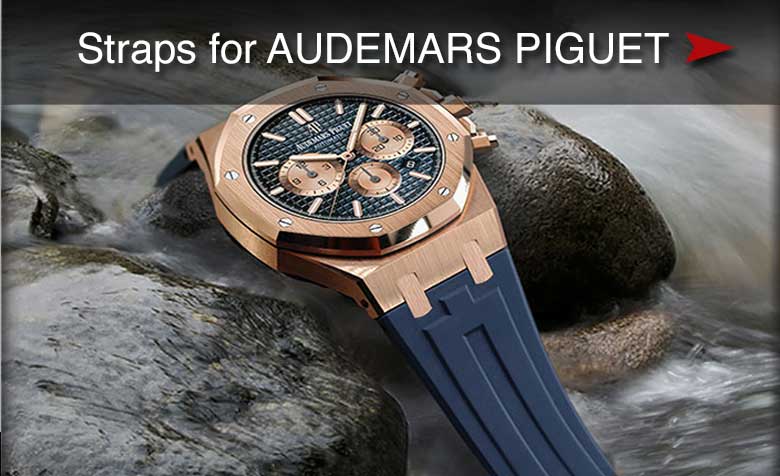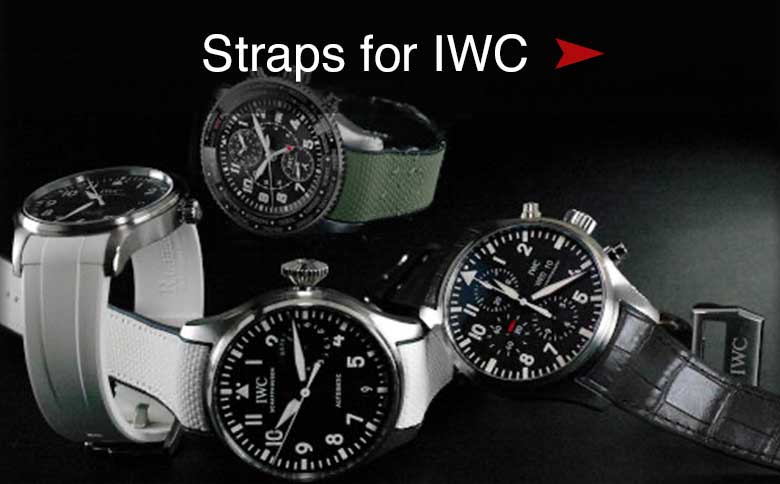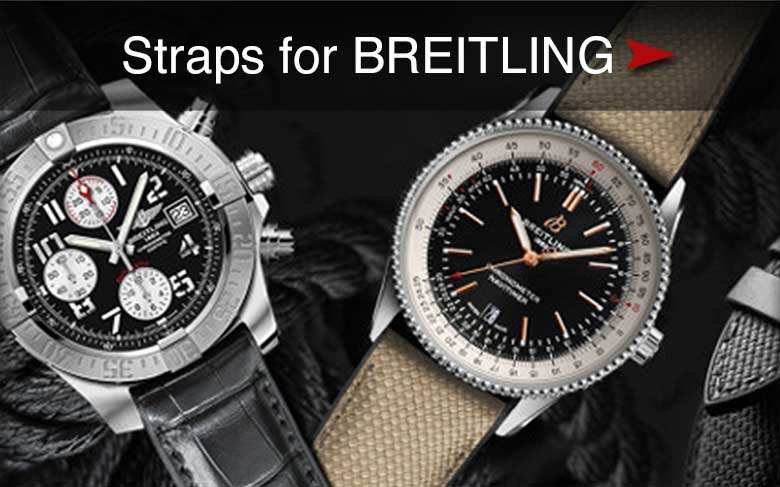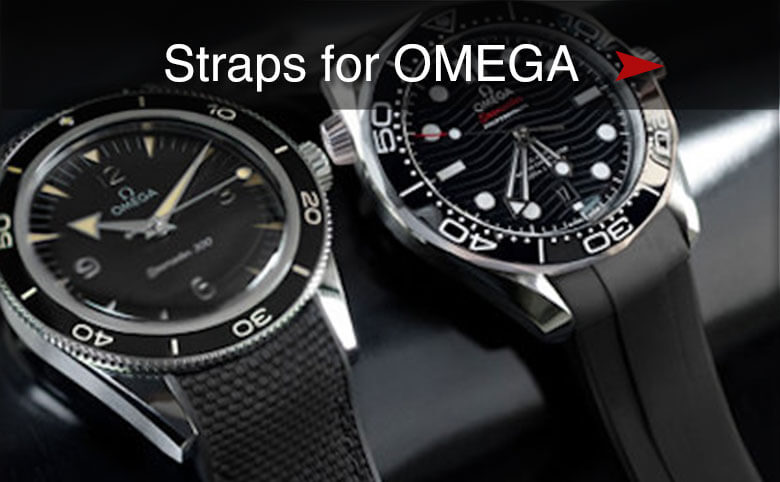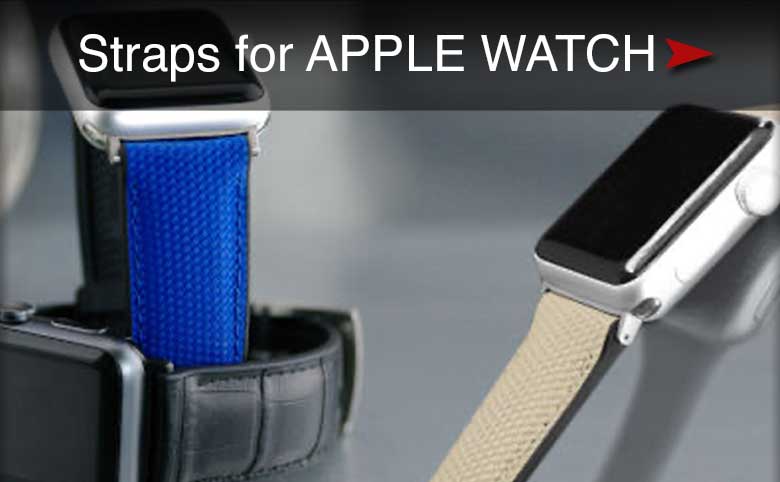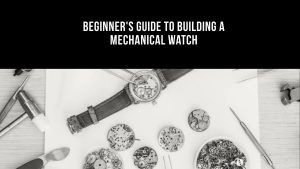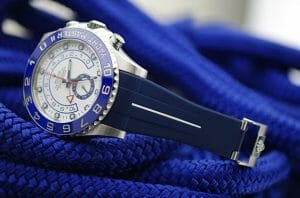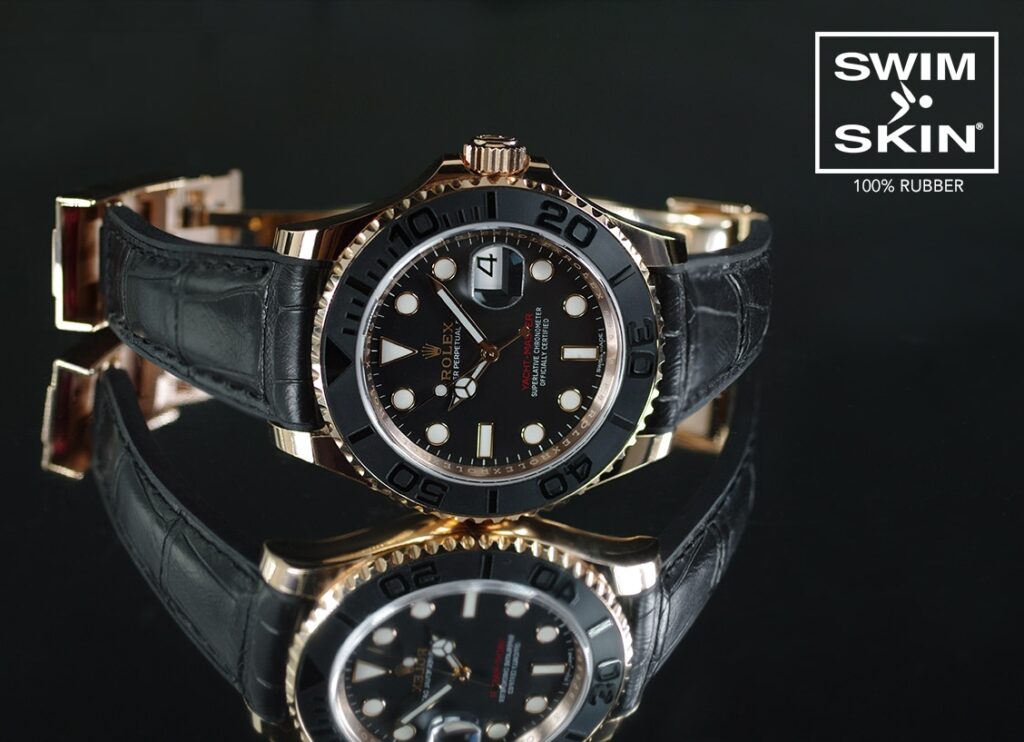
If you have acquired the ultimate timepiece of your dreams, you should consider Watch Insurance. Especially since the cost of many timepieces is on the rise, theft of these hard to acquire heirlooms is also on the rise. There are plenty of factors that you might have to consider before you jump into insuring your timepiece. The core value of the timepiece is probably the first consideration.
Replacement value of the timepiece is another consideration. Today it is hard to acquire some Rolex timepieces, especially the Rolex Daytona. Owning one puts a real target on that timepiece and would probably require insurance far more than a low end Rolex Datejust.
If you wear your timepiece everywhere you go, chances are less that a crook would be able to take your possessions when you are not at home. However, if you amassed a reasonable collection of timepieces, it is a good idea to insure your collection just as a precaution. You might want to consider the likelihood that your timepiece could be lost, stolen or damaged. Also, if you travel often, the threat of losing your timepiece goes way up.
Watch Insurance
There are many types of watch insurance out there. The most common insurance is home personal property insurance. If a theft happened at home, your home insurance policy may have a deductible that you might need to meet before it would cover your timepiece. However, each insurance policy is different, and you might be surprised to find out that your homeowner’s insurance doesn’t have much or any coverage. It is important to review this with your insurance provider before you acquire your heirloom.
There are many insurance providers on the market. Here are a few you may consider if you just want to cover your watches and other jewelry.
It is important to read through the specifics of any watch insurance agreement before signing up for an insurance plan. most plans cover the following items:
- Loss – If you leave your asset somewhere such as the beach, in a dressing room, in your Uber or on the plane ride to Saint Tropez, “Loss Insurance” will cover it.
- Theft – Thieves have become bolder today than ever before. Traveling to hotspots can expose you to a greater amount of thieves that are on the lookout for expensive assets that they can snatch and grab when you are distracted.
- Damage – This type of insurance will cover accidental dents, cracked glass, and other knicks that might reduce the overall value of your horological treasure. If you do experience damage, and you have this type of insurance, make sure you get your timepiece repaired by an authorized dealer. This insurance should cover your expenses.
- Travel – This is important for people that travel with their timepieces. The chances of Damage, Theft and Loss goes up when you are traveling.
There are situations that are not covered by watch insurance. Of course War and loss by Law Enforcement are not covered by insurance policies. Small things like scratches that happen from wear and tear are also not covered.
More importantly, if you attempt to sell your timepiece and are defrauded by the person selling it to you (perhaps their check bounces, or they don’t wire you some or all of your agreed upon price, insurance will not cover this). Fraud is on an epidemic rise today. So, it is critical that you do what you need to do to protect yourself from scammers of all types.
How Much Does Insurance Cost?
Insurance is an annual fee which you can sometimes pay monthly, or once or twice a year depending on the carrier’s requirements. Insurance fees can go up and down over the years. However, at the present moment you can use this chart as a rule of thumb for an insurance policy with No Deductible. If you choose to pay a deductible, the annual cost will go down:
Value of the Timepiece – Percentage of Cost – Total Annual Cost
$10,000 – 2% – $200
$20,000 – 2.5% – $500
$30,000 – 2.5% – $750
$40,000 – 2.5% – $1200
$50,000 – 2.5% – $1500
$100,000 – 2.5% – $3000
As you can see with the above chart, lower priced heirloom, have lower percentage insurance coverage costs. However, after you hit around $20,000 in coverage the insurance percentage charge tends to flat-line and remain standard no matter how much higher your timepiece’s value raises.
In addition to the above charges, there are often taxes and other fees that are tacked on to the annual costs. These fees are minimal but are still significant over time.
It is also very important to reevaluate your assets on occasion. If you haven’t evaluated your personal assets in years, chances are good that your insurance coverage would not cover the entirity of your assets. This is especially true if you have some Rolex assets purchased in the 70’s, 80’s and 90’s. The appreciation of these assets may have increased the replacement value by 100% or much more. You may need to get a professional opinion on the value of some of your assets before you ring your insurance carrier.
